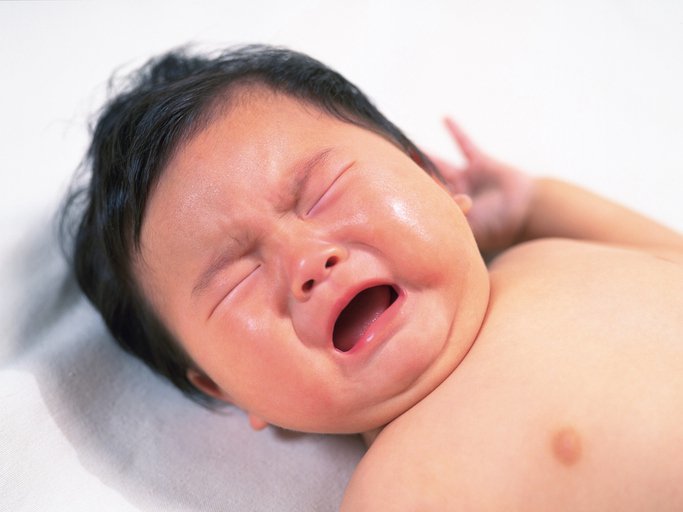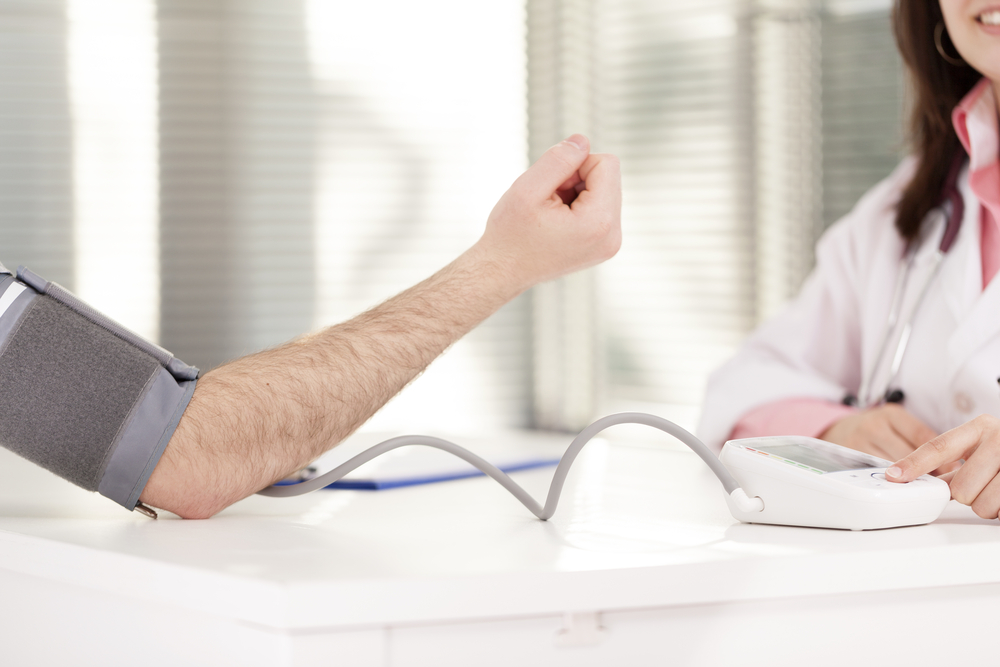Contents:
- Medical Video: What are the signs of dehydration in a child? When should you go to the ER for dehydration?
- Why are babies and children more susceptible to diarrhea?
- Dehydration in infants due to diarrhea can result in death
- How do you know if your baby is dehydrated?
- 1. Pay attention to the baby's general condition
- 2. Pay attention to the big crown
- 3. Pay attention to the breathing pattern and count the child's pulse
- 4. Pay attention to tears and mucous membranes
- 5. Pay attention to urine production
- What should be done when seeing symptoms of dehydration in children?
Medical Video: What are the signs of dehydration in a child? When should you go to the ER for dehydration?
In Indonesia, since the 1990s, diarrhea was the most common cause of death (23.2%) for infants and children. According to Hippocrates's definition, diarrhea is defecation with abnormal frequency, tends to increase, stool consistency becomes more soft or runny. The definition was then clarified by the Ministry of Health, diarrhea is a condition in which a person defecates with a soft or liquid consistency, it can even be water and the frequency is more than 3 times a day.
Why are babies and children more susceptible to diarrhea?
Many causes why babies and children are more often affected by diarrhea than adults. In addition to the digestive tract that has not been fully developed, hygiene factors also play an important role. Broadly speaking, the causes of diarrhea can be grouped into 6 major groups, namely infection (caused by bacteria, viruses or parasitic infestations), malabsorption, allergies, poisoning, immunodeficiency, and other causes. In children, the cause often found in the field is diarrhea caused by infection and malabsorption. Whereas in adults it is usually caused by poisoning.
Dehydration in infants due to diarrhea can result in death
Increased stool spending in a day can drain the amount of body fluids in a short time. Especially if added to the child experiencing vomiting and difficulty eating, the acid-base balance and electrolyte of the body will also be disrupted. The child will fall into a state of dehydration. Of course this is dangerous and can cause death.
Dehydration in diarrhea is a benchmark for treating diarrhea. WHO divides the degree of dehydration based on the amount of fluid lost to mild, moderate, and severe dehydration, while based on plasma tonicity can be divided into hypotonic, isotonic, and hypertonic dehydration. For degrees based on plasma tonicity usually performed by a doctor with further examination.
As parents, we pay enough attention to the amount of fluid lost due to diarrhea. Parents must understand the signs of dehydration, so that later observant see the condition of the child when diarrhea. Handling the right dehydration can improve healing rates and shorten the duration of healing. Come on, recognize the following signs.
How do you know if your baby is dehydrated?
1. Pay attention to the baby's general condition
The degree of dehydration can be seen at a glance from the general condition of the child. Usually in mild dehydration, children are still conscious and very fussy. Children still want to drink because they are very thirsty. If dehydration continues to moderate levels, children can still look fussy, nervous, but already lazy to drink. Sometimes children also look sleepy, but not often. But, beware, if the diarrhea of the child looks more drowsy, falls asleep, is weak, sweats, and his legs are cold to look bluish, that means the condition has entered a heavy degree. The child experiences a decrease in consciousness and will end in a coma.
2. Pay attention to the big crown
Big fonts in infants and children <2 years old have not completely closed. Therefore, the degree of dehydration can be seen quite clearly from the shape of the large fontanel. In mild dehydration, the shape of the large fontanel (UUB) of the child still looks normal. Whereas in moderate dehydration, UUB appears to be concave and is increasingly suffocating during severe dehydration.
3. Pay attention to the breathing pattern and count the child's pulse
The breathing and pulse pattern is also an indicator to recognize the degree of dehiration. In mild dehydration, the breathing pattern and pulse are still normal, which is below 120 times per minute. But if you are already getting into moderate dehydration, your breath starts deep and your pulse is fast and weak. Pulse rates usually range from 120 to 140 times per minute. In severe dehydration, abnormal breathing patterns are rapid and deep breathing. Pulse is usually difficult to touch, if it is palpable it is usually <120 times per minute.
4. Pay attention to tears and mucous membranes
Tears are one indicator of the amount of body fluids. If the child cries and still tears, the dehydration is still mild. Tears are gone, go into moderate dehydration. If the eyes are very dry, the child is already in a heavy degree.
Mucous membranes can be seen from the mouth. In mild dehydration, the mouth is still moist, while in moderate dehydration, the mouth looks dry and increasingly very dry in severe dehydration.
5. Pay attention to urine production
In mild dehydration, urine is yellow, but children still urinate frequently. In moderate dehydration, children rarely urinate and the color of urine becomes thicker. Children can no longer urinate on severe dehydration.
What should be done when seeing symptoms of dehydration in children?
We need to actively prevent children from falling into dehydration. Immediately bring the child to health care if there are signs of dehydration. How to prevent dehydration before the child is taken to a health facility is quite easy. Give a salt solution (ORS) that can be made alone at home with a special dose. If not available, children can be given household fluids such as starch, vegetable soup, fruit juice, tea water, and boiled water.
READ ALSO:
- List of Good and Bad Foods When Children Have Diarrhea
- Finding Out the Meaning of Your Baby's Cry
- Causes of colic babies and crying for hours without stopping












